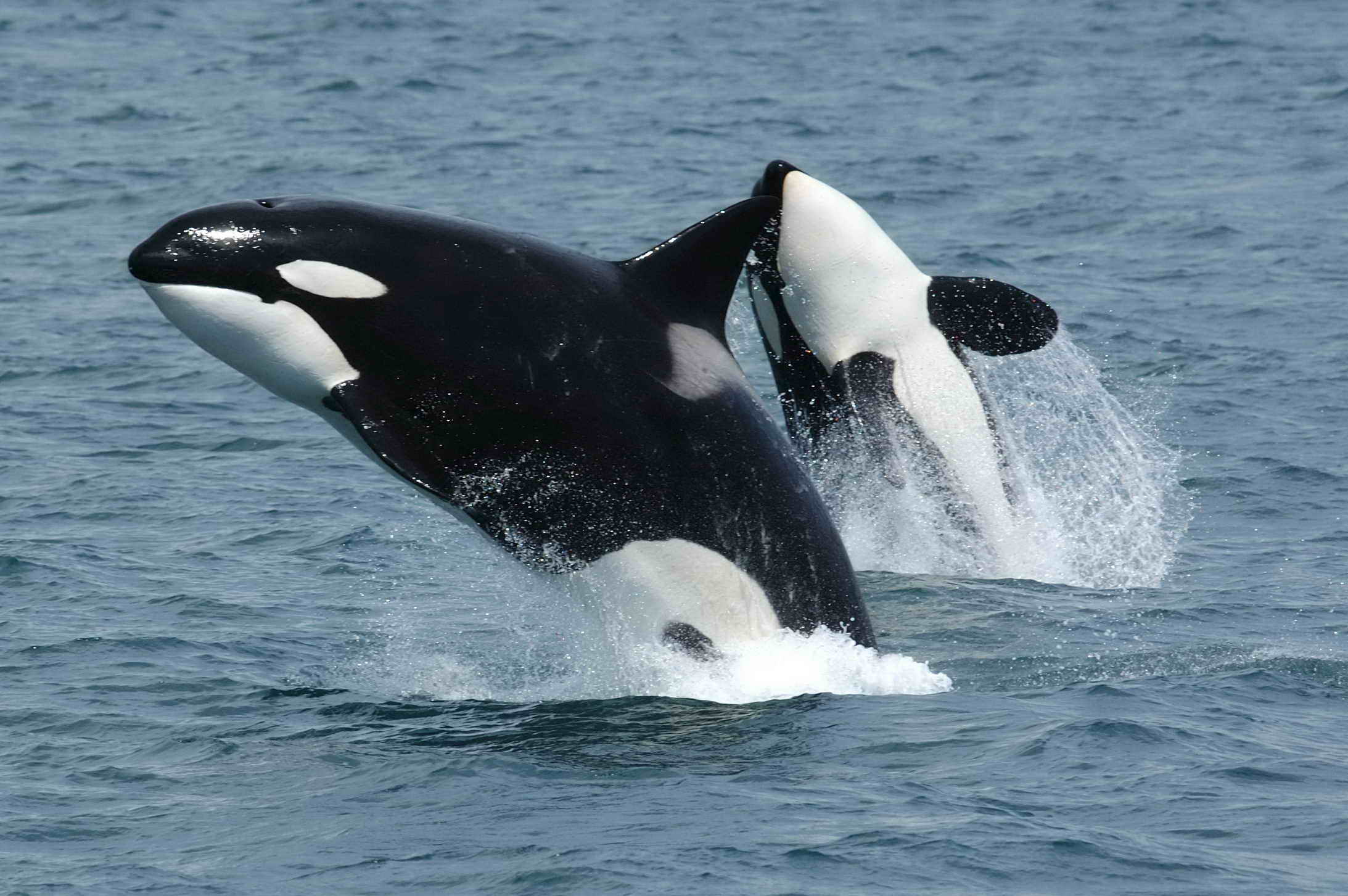Thursday, February 21, 2013
Reptile
Scientific Name: Crocodylus intermedius
Habitats: Live in theColumbian Orinoco River Basin
Adaptations: Adapted to live in freshwater
Status: Critically Endangered, only 547 can be found in the wild
Interesting Facts: Largest Living species of crocadile
Current Issues: Scientits are trying to gradually increase their population through breeding
Why I chose it: I think crocodiles are pretty neat
Tuesday, February 19, 2013
Ocean Acidification
Monday, February 18, 2013
Karenia brevis
The karenia brevis dinoflagellate the plankton species responsible for the phenomenon called red tide. Red tide is caused by toxins released by karenia brevis which die the water red and poison shellfish and fish in the area. This hurts the gulf economy by putting the local fishermen in the area out of business until the red tide is gone.
Plankton
There are many things I learned about plankton this week. I learned that they come in two types, zooplankton and phytoplankton. I learned that they are the base of the oceanic food chain. I learned that they can produce an underwater snow effect when they die and fall to the bottom of the ocean. I learned that plankton can cause problems if they are too numerous and I learned that animals can grow out of being plankton as they mature.
Plankton race
The goal of the plankton race was to create a plankton that would sink the slowest using a given set of materials. The plankton in the picture took 10 seconds to sink which was pretty good. Paper, however, took 20 seconds to sinn which is why my team used that instead. If I could change my design I would give it more surface area so it would produce more drag. I liked working in a group for this activity.
The Killer Whale
Scientific Name: Orcinus orca
Habitat: Killer Whales are found in all oceans
Reproduction: Killer Whales reproduce just like any other animals but they tend to stay in families after birth
Status: Not Endangered
Interesting Facts: Can swim up to 28 mph
Stay with their family most of their lives
Have the 2nd heaviest brains among marine mammals
Major Issues: Can get violent when kept in captivity
Why I chose it: I like Shamoo
Harmful Algae Bloom
Harmful Algae Bloom is when the plankton population gets over populated and the plankton release toxins. Red Tide is an algae bloom that is caused by dinoflagellates. There is nothing we can do to prevent red tide. Red Tide causes fish to become poisoned and for shell fish to become poisonous to eat.




